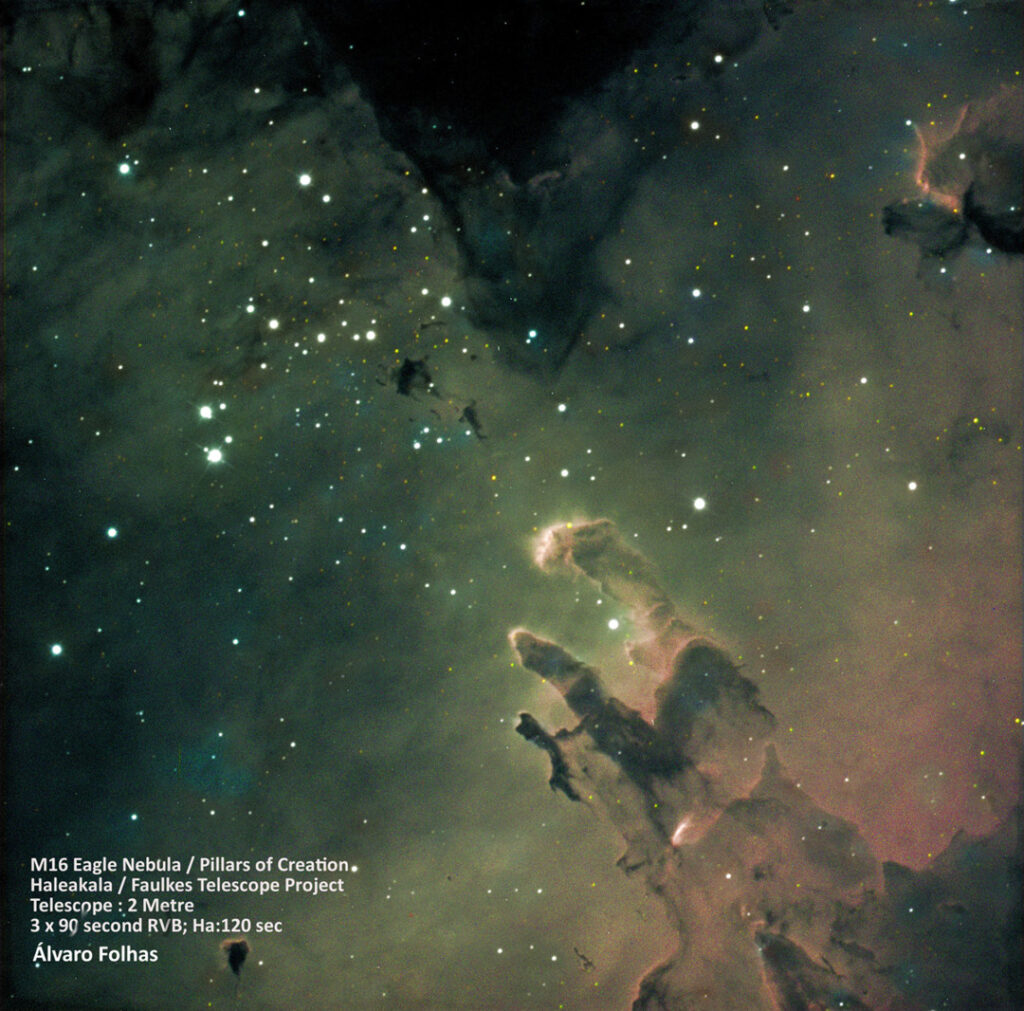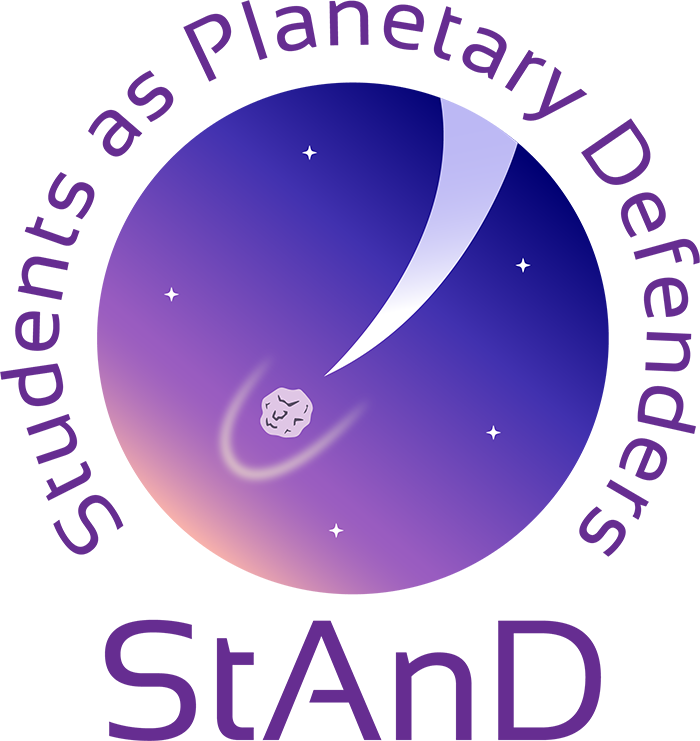Let’s be honest — not many classrooms are pointing virtual telescopes at galaxies yet, but that’s exactly why it’s so exciting! If you’re hesitating about taking this next step, don’t worry: this toolkit for observing asteroids with robotic telescopes is your launchpad. The trickiest part? It’s probably that first observation request. Filters? Exposure time? Red warning boxes? 😱 Don’t panic — they vanish as you fill things in (like magic).
Remember, science is all about trying, testing, failing, trying again, retesting. Here, perhaps more than in any other field we say “If at first you don’t succeed, try, try again.”
Our advice? Start simple: pick a bright object like the Moon or M13, and then get your first space photo. Once you’ve seen the universe through your own observation, you and your students will be hooked. It’s not about perfection — it’s about patience, curiosity, and that first “Wow!” moment.

